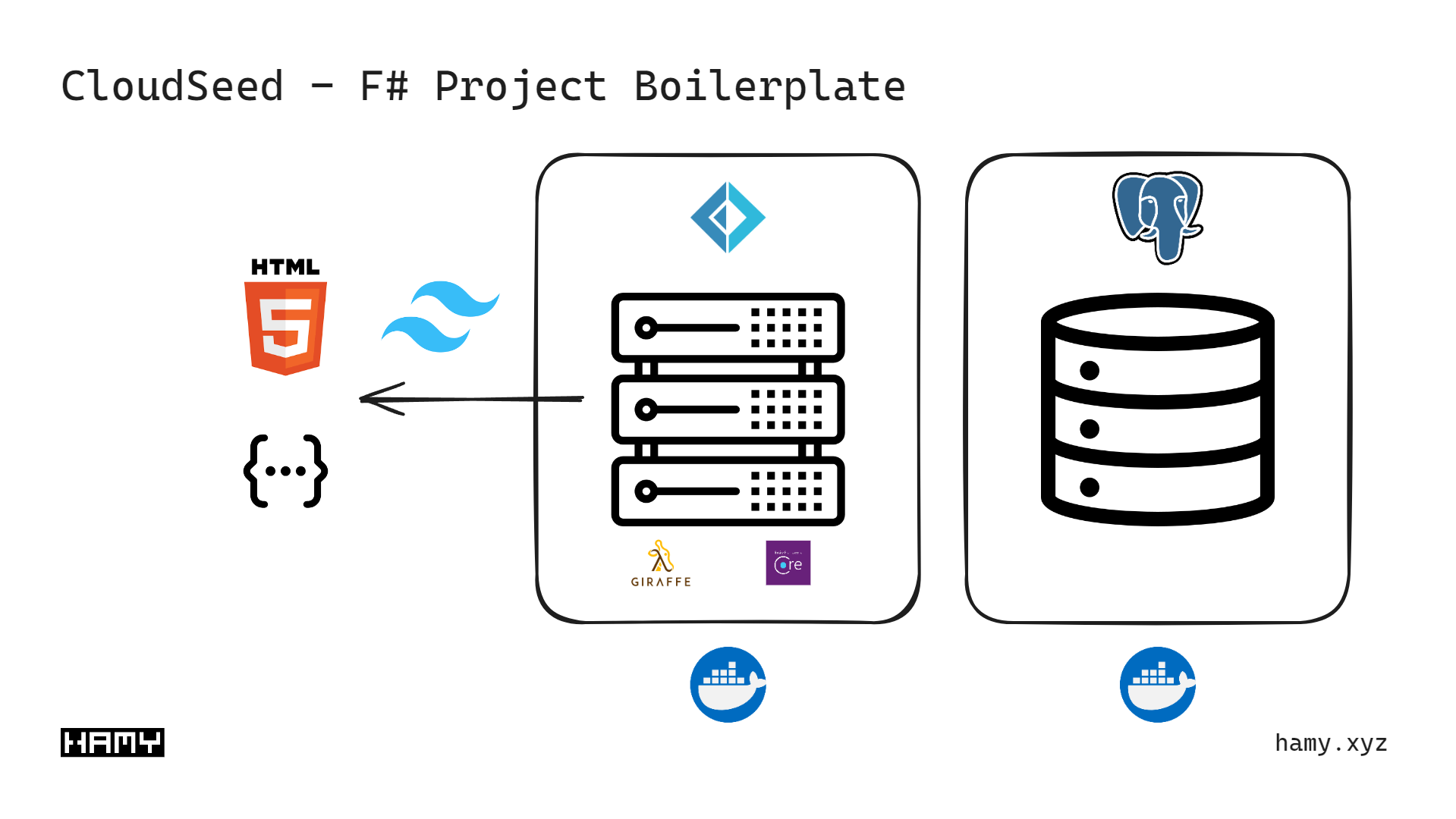Essay - Published: 2024.01.13 | business | cloudseed | create | fsharp | projects | tech |
DISCLOSURE: If you buy through affiliate links, I may earn a small commission. (disclosures)
I build a lot of side projects but I want to build more in 2024. I've found that there's often a lot of baggage that can get in the way when trying to plan, build, and launch a given project.
Here's 3 areas I've been exploring to remove this baggage and launch faster and cheaper.
The timeless advice for startups has long been "do 1 thing well" (and make sure that thing is something people actually want).
I strongly agree with this in theory but in practice I rarely follow through. I find myself spending lots of cycles exploring different ways I could build something. This is fun for me - I like thinking about these things.
But this often leaves me disappointed as I spend weeks planning / thinking before losing interest in the idea and never actually building anything. Fast forward a year and I'm left with dozens of plans and zero finished projects.
This year I'm trying to do things smaller. Actually doing 1 thing - and only 1 thing. I'm calling this an Atomic project.
I think this will have a positive impact on the number of projects that actually get shipped as I have less scope to day dream about and less barrier to move from planning to building. Plus the best way to get good at a thing is to do the thing so I believe this will lead to compounding effects over time.
Cutting project scope should help me go from planning to building faster.
I was inspired to try this from the Small Bets approach to building businesses and the Ship30For30 practice of daily atomic essays.
I'm a big fan of Simple Scalable Systems (3S) - to me this is the gold-standard for validating good systems (and thus software). In pursuit of this ideal I spend lots of cycles researching and experimenting with different technologies and techniques to see what works best.
But as we've talked about earlier this can often lead to bikeshedding - or spending lots of cycles on theory instead of actually applying it to progress. So over the years I've iterated on a project boilerplate that makes it fast and easy to start projects with all the best practices I've found, lowering the barrier from planning to starting.

That boilerplate is CloudSeed and this year I've further simplified it from its previous dual-monolith form with SvelteKit on frontend and F# on backend to a new single-monolith form - all F#. This makes the overall architecture much simpler and subsequently much easier to build and scale.
This evolution was spurred by the recent paradigm shift from client-heavy SPAs (React, Vue, Angular, etc) to server-only rendering using technologies like HTMX and Alpine. Together this reduces the amount of technologies you need to build modern fullstack apps and anecdotally makes apps much simpler and faster to build.
Focusing on simpler technologies should help me go from building to launching faster.
The last area I've been exploring is how to maintain and scale my side projects long-term. I build a lot of side projects which means any extra maintenance cost for one project leads to a large cost increase across my dozens of active projects. So I've been thinking about ways to reduce maintenance overhead so I can focus more on building.
For several years I've hosted most of my sites on Google Cloud's Platform as a Service (PaaS) offering - Cloud Run. This has worked well for me because it requires very little manual maintenance and doesn't cost very much for my low-traffic projects (this site cost me ~$1 / month to host on Cloud Run in 2023).
But I recently did some calculations on Google Cloud Run pricing per month and discovered that I would pay a whole lot more once I left the free tier - for example if I were to launch another project on there or if my site got even a little more popular.
Since I'm planning on launching a lot more projects this year, this finding got me a little worried. So I compared Google Cloud Run's pricing with Digital Ocean's App Platform - a similar PaaS offering. I was surprised to find how much cheaper DO came out to be for the same services (2-4x cheaper!).
I'll definitely be sticking with PaaS offerings for hosting as I have little interest in increasing manual operations overhead. But I may check out some of these cheaper options as I think about launching more projects this year.
Stay tuned for more projects (and how I built them) in the near future.
If you liked this post you might also like:
The best way to support my work is to like / comment / share for the algorithm and subscribe for future updates.